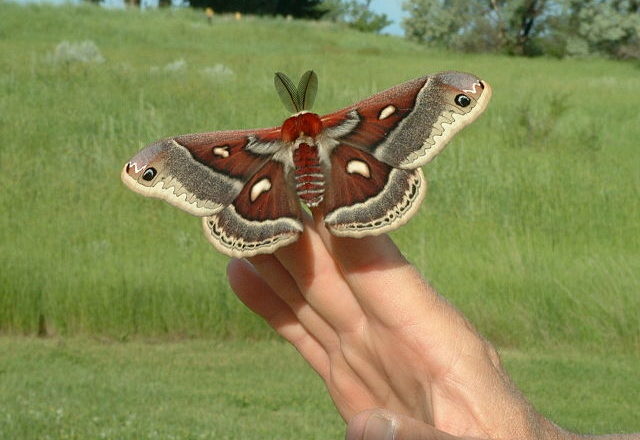Science Snippet: Our Most Important Pollinators
- Share
- Tweet
- Pin
- Share

They mostly sneak around at night, so who cares about moths? It turns out we all should, for according to moth expert Steve Bransky they are our most important pollinators. Wait, what about honeybees? They certainly do their part, but the honeybees we know and love are not as important, because they are not native to America, having been brought to this country from Europe in the 1650s. As a result, our native plants rely on native moths for pollination, as well as butterflies, smaller native bees and bumble bees. There are 11,000 species of moths in the U.S., and in Wisconsin we have about 70 species. Here are a few more facts about moths. A male can smell a female more than seven miles away. Moths provide a renewable food source for bats, birds and even humans – more than 90 percent of people in some African countries eat moth and butterfly caterpillars. The largest moths have wingspans of up to 12 inches, and the smallest have wingspans of 0.1 inches. The largest moth in the U.S. is the Cecropia Moth, with a wingspan of about six inches. (Steve Bransky, Wis. Entomological Society Newsletter, June 2016; livescience.com/21933-moth-week-facts; wntomon.net; mnn.com/earthmatters/animals; other sources)
